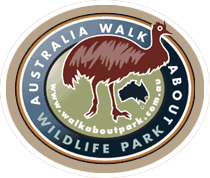Bandicoot
Bandicoots have elongated snouts and sharp claws, excellent for snuffling around undergrowth and digging
Bandicoots are furry and eat plants, seeds, insects, spiders and berries.
They hold food in their front paws to eat and live where there are low bushes.
Physical features
Bandicoots are solitary animals. They are marsupials about the size of a guinea pig. They have pointy snouts, humped backs and thin tails.
Habitat
They live on the ground in areas with low-growing plants.
Feeding
They forage on the ground for insects, spiders, seeds, berries and other similar food. When looking for food they dig in the soil and rummage in the fallen leaves on the ground. They hold their food in their front paws to eat it.
Behaviours
Bandicoots are active at night and in the day they shelter in nests that are piles of leaf litter scratched together. When moving fast they bound and gallop.
Reproduction
Females have a backward facing pouch. When the young are in the womb, they are attached to it by cords. After they are born, the young climb the cords to reach the mother’s pouch. The young of the northern brown bandicoot and the long-nosed bandicoot are in the womb for only twelve and a half days, the shortest time of any marsupial.
Conservation status
The status for these Bandicoots is common and it ranges from areas in Northern Queensland to Victoria. At AWWP they can be seen throughout the park during the night, and will be easy to spot when we have our nocturnal tours running. During the day the holes they did are easy to see especially after rain. They dig holes in search of food, digging with their forefeet the holes are big enough so that they can stick their snout down and smell for favourable insects and plants.

